7 Important Things We Forget To Tell Cycling Newbies That Can Help Them Become Better Riders
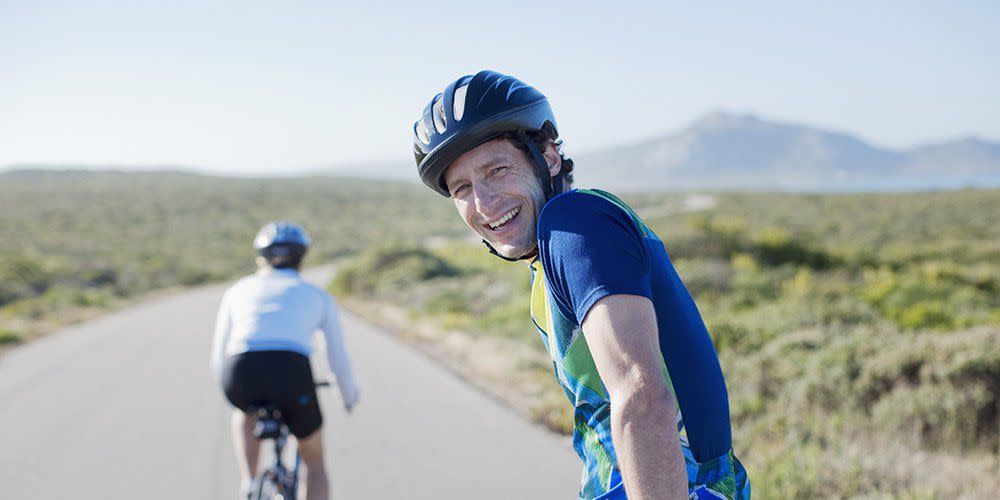
No one is born popping wheelies on a $15,000 bike—not even Peter Sagan. Everyone starts out as a beginner sometime.
Luckily, there are sage, seasoned cyclists (and entire clubs) more than willing to share their knowledge to a padawan of the church of two wheels. However, when you’ve been cycling for years, memories of what it’s like to buy your first kit may be fuzzy. There are some basics that just seem so obvious that you forget to mention them. And to a new cyclist, those facts may not be obvious at all. (For a more comprehensive newbie guide, take a look at our Big Book of Cycling for Beginners.)
We chatted with recreational riders and racers alike to find out what they wish they’d known when they first started riding. If you’re new to riding yourself, please learn from our mistakes.
Don’t Wear Underwear with Cycling Shorts. Really.
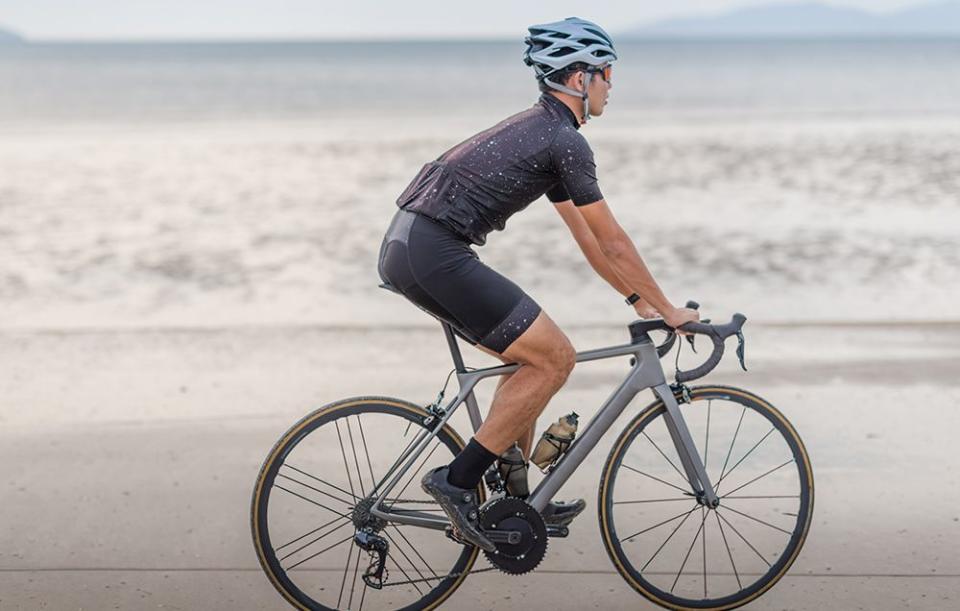
This was the number one piece of advice given by the cyclists I chatted with. “I totally wore underwear with my cycling shorts for like the first month,” says Category 2 road and cyclocross racer Megan Ruble. “It was awful. I kept reading that you weren't supposed to, but I did it anyways. I finally decided to try it the right way and wow—what a difference. The first thing I told each of my parents when they started cycling was, ‘DO NOT wear underwear with your shorts!’”
On top of potentially bunching up or rubbing in uncomfortable places, underwear can also trap sweat and bacteria. (The chamois in cycling shorts is often made of sweat-wicking, antibacterial material.) Unless you’re in pedestrian apparel, you’re best off leaving the undies at home.
RELATED: 7 Chamois Mistakes That Ruin Rides
A Bike Fit Is Worth it For Everyone
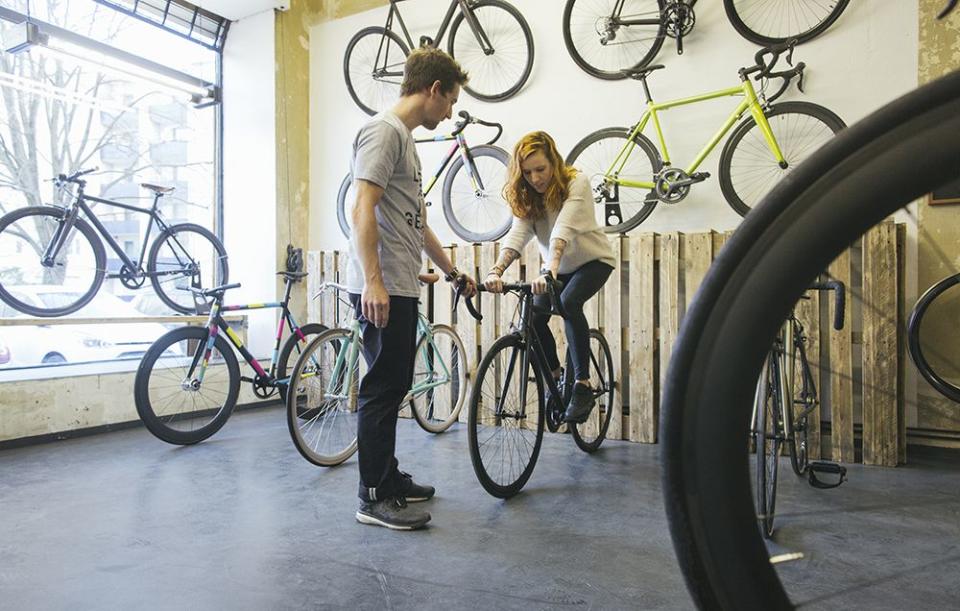
If you’re doing anything more than riding a beach cruiser down the boardwalk at 5 mph, you should consider getting a bike fit. Why? A proper bike fit will make riding more comfortable, prevent overuse injuries, and can even make you faster by helping you pedal more efficiently. If you’re feeling pain, or even discomfort in general, that’s also a sign you should consider a professional bike fit. “People have this misconception that something is going to hurt on a bike,” says Judd Van Sickle of the Sports Performance Program at UC Davis Sports Medicine. “There’s an assumption that your butt is going to hurt, your feet are going to hurt, your back will hurt—and it’s not supposed to.” Many shops offer a complimentary fit as part of the purchase of a new bike, otherwise, they typically cost somewhere between $100 and $300. “I rode a painful and numbing two years on the stock saddle that came with my Bianchi Brava,” Category 1 cyclist Marissa Axell says. “It took me one more year to actually get a bike fit (‘Wait you mean things aren't supposed to go numb or hurt?? Wow!’).”
RELATED: 10 Bike Fit Myths, Busted
Shifting is Your Friend
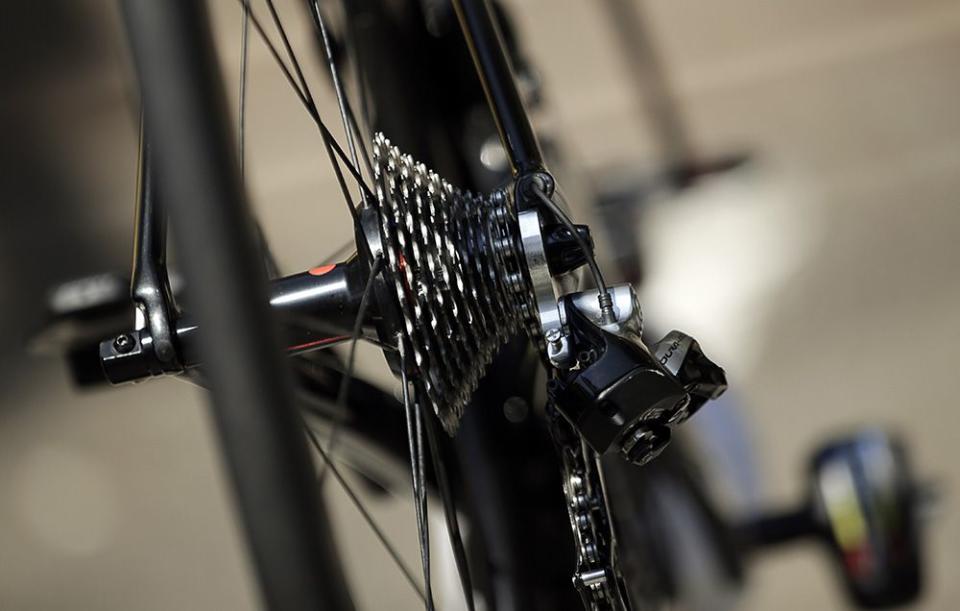
Shortly after beginning to date my boyfriend, I asked him, “What’s your favorite gear?”
He was completely perplexed by the question. Turns out—as seasoned riders would attest—you shouldn’t have a favorite gear. Instead, you should be shifting all the time to maintain your ideal cadence. Most people will find 80 to 90 rpm to be a good cadence that balances efficiency and comfort. If you go too low (mashing at 60 rpm for example), your body will actually use less oxygen for pedaling, which means it’s less taxing aerobically, but you could also be doing damage to your knees with all that torque. If you really want to get a handle on your spinning, you can track your rpms using a cadence sensor.
A Little Basic Maintenance Goes a Very Long Way
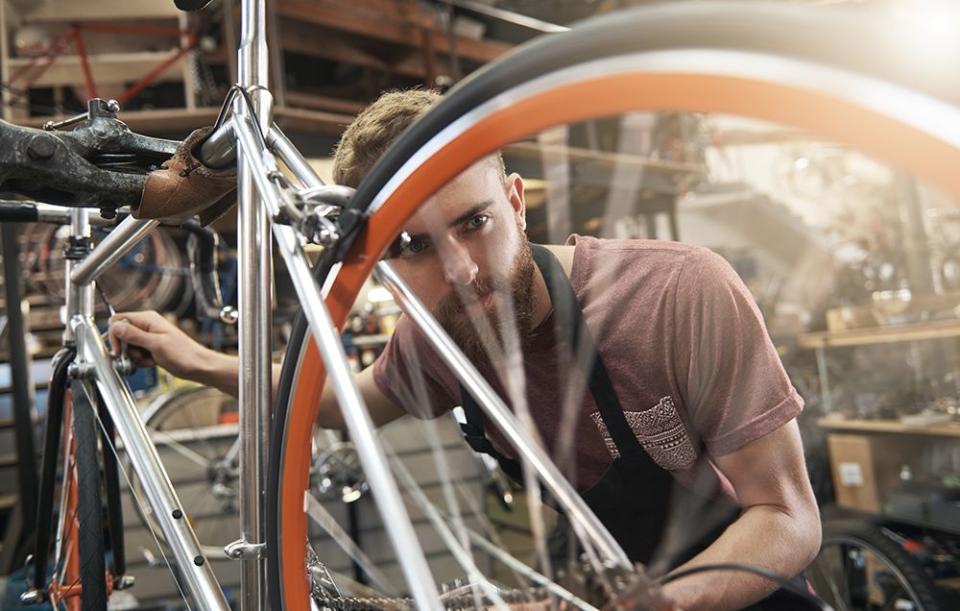
Before every ride, take two minutes to once-over your bike. Start with the tires: check the tire pressure and pump them up if necessary. Too-low tire pressure can leave you susceptible to pinch flats, should you hit a bump or pothole, which can in turn make you more likely to go down. Conversely, Van Sickle finds many new cyclists actually overdo it here and overinflate their tires. If you’re a 110-pound female riding a road bike, for example, you should be fine with around 75 psi.
Follow these steps to properly inflate your tires:
Next, you should check that your saddle and handlebars are still in their proper alignment, that your brakes are working correctly, and that your chain isn’t making any chirping, squeaking, or grinding sounds—clues that it’s dry and needs to be lubricated. “For most things on a bike, you can figure out how they work if you look closely enough,” advises Nathan Hurst, a tour guide with Duvine Cycling and Adventure Co. “It's not a black box; as machines go, it's actually pretty straightforward.”
Attach Handlebar Accessories Underneath the Cables
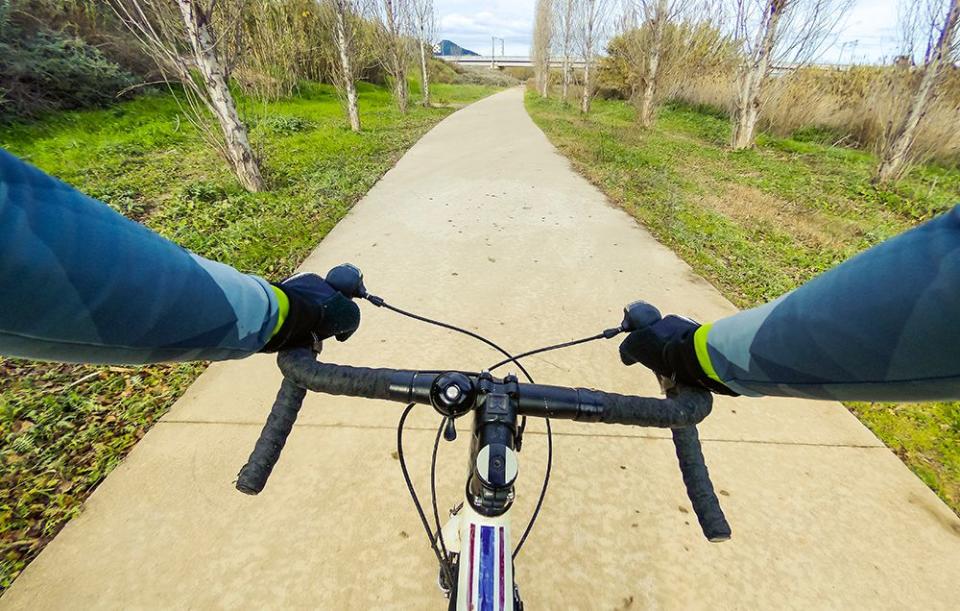
Whether it’s a bike computer, lights, or tri-bars, you generally want to attach accessories underneath the cables on your handlebars, rather than over them—a lesson Category 1 road racer Jeanette Haggas learned the hard way. “I was training for a time trial, and in a hurry to meet some friends,” Haggas says. “So, I grabbed the clip-on TT bars, slapped one on each side of my Garmin and made sure to tighten them down extra hard so they wouldn't slip or move at all. About three minutes in, I started having problems shifting my front derailleur. One friend diagnosed my problem just by looking at my TT bars: I had clamped over the cables—and tightened them so hard—that I was damaging the wires through the smashed housing. We re-did the TT bars immediately, but the damage was already done and I had to re-cable my bike the next day. That was one expensive lesson!”
RELATED: Put a Bell on Your Fast Bike Already
Some Things You Should Splurge On
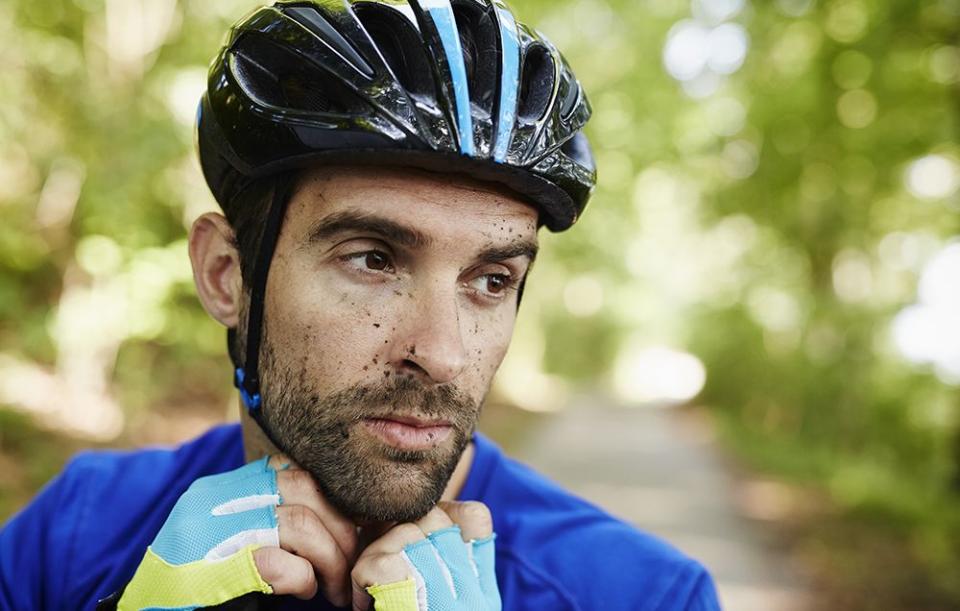
If you don’t have a bottomless bank account, your cycling purchases may start to add up. While you can skimp on some areas, there are other items worth the extra dollars, if you’re torn between two options.
First, don’t underestimate the importance of properly fitted cycling shoes. Saving $200 on a pair of hand-me-downs that squeeze your big toe will not only be uncomfortable, it could cause you nerve damage in the long run. Second, particularly if you’re in a warmer climate, splurge on the lighter helmet. It’ll be more comfortable, because not only is there less weight on your head, it will also typically offer better ventilation than cheaper alternatives. And the more comfortable you are, the more likely you are to keep riding your bike.
RELATED: 10 Road Bike Helmets We Know You'll Love
Ride Comfort Means Thinking About Your Crotch
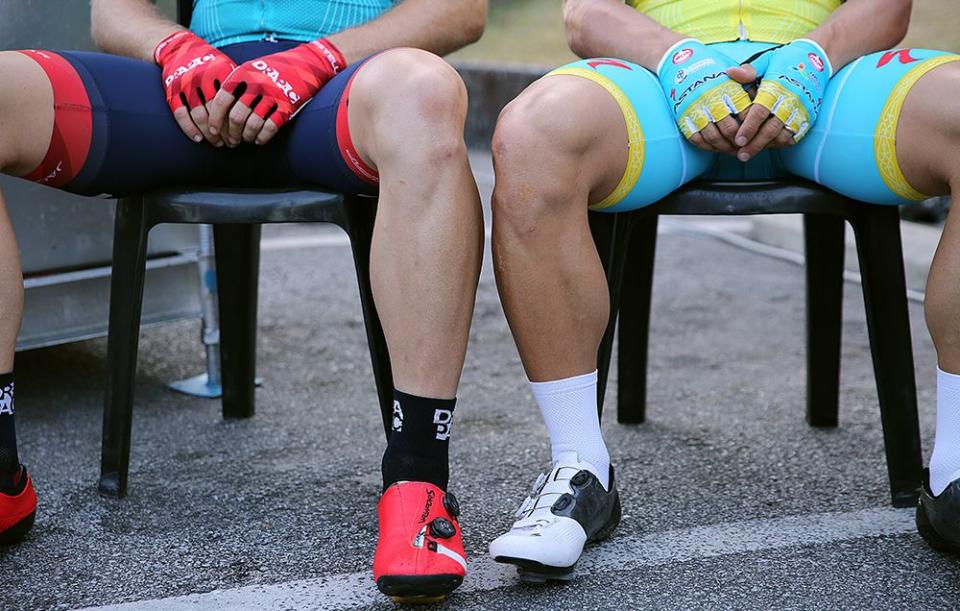
From not wearing underwear, to learning the ins and outs of chamois cream, to finding the perfect-fitting saddle, a lot of your ride planning really comes down to one thing: crotch comfort. Runners deal with blisters and toenails that fall off; cyclists deal with saddle sores—a tender, often pimple-like condition that comes from pressure and chafing. It’s something every cyclist will encounter, and it’s nothing to be ashamed or embarrassed about.
RELATED: Protect Your Lady Parts Against These 5 Cycling Afflictions
“If I had only known how much I'd be thinking about my crotch as a cyclist,” Morgan Hill, CA cyclist Sandra Sargent Freeman says. My sneakered, kickstand-toting self of the past certainly never expected the amount of time my future self would spend in the bathroom, leg up on the edge of the sink, assessing and treating the damage from the weekend’s riding. When you’re regaling comrades with tales of your saddle area woes, you’ll know for sure: you’re not a newb anymore.
RELATED: How to Avoid Damaging Your Man Parts on a Ride
You Might Also Like

